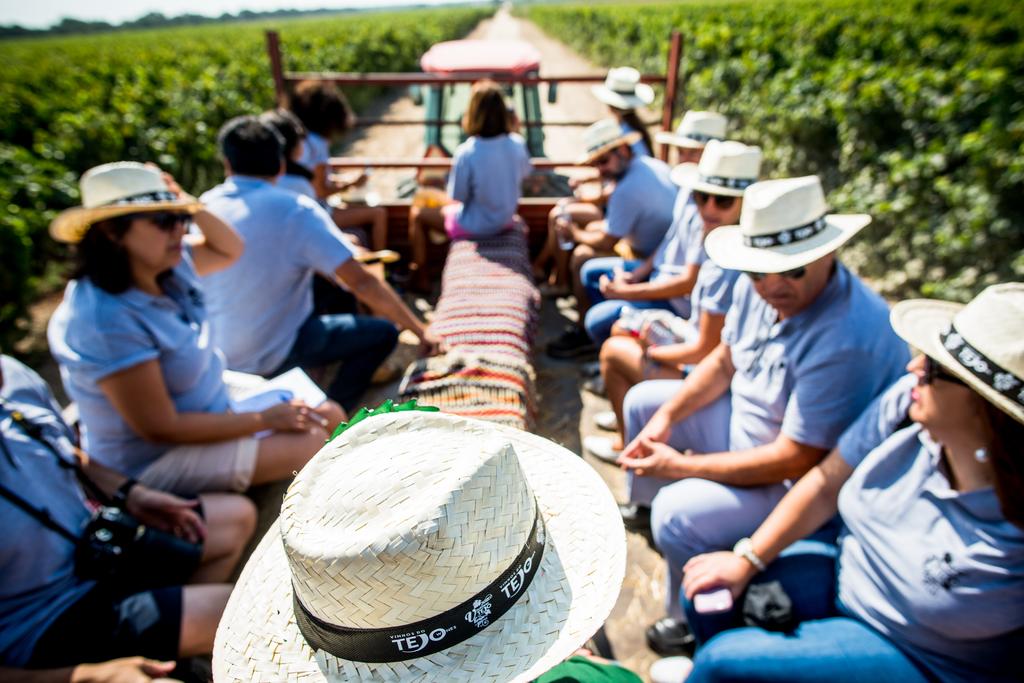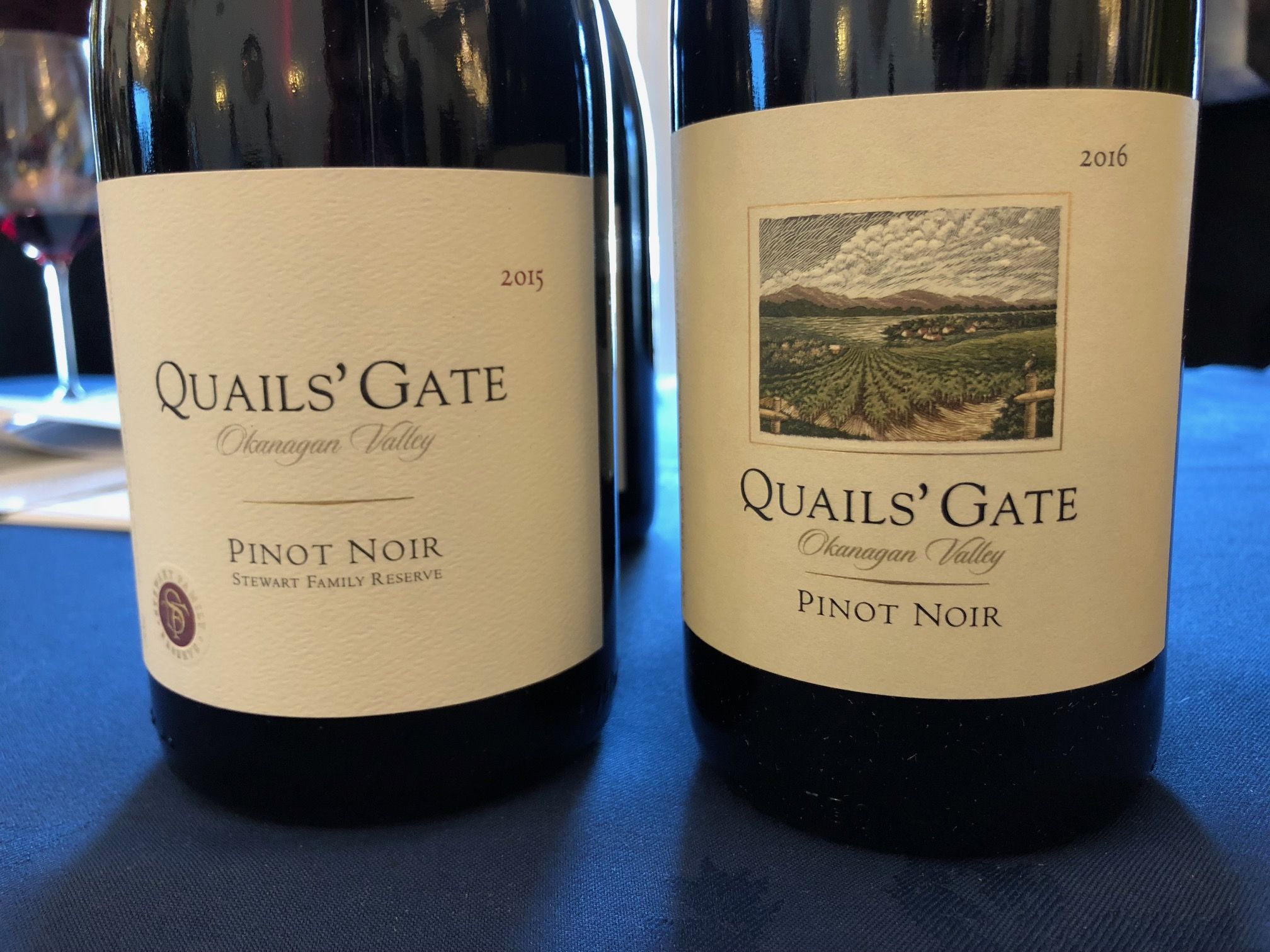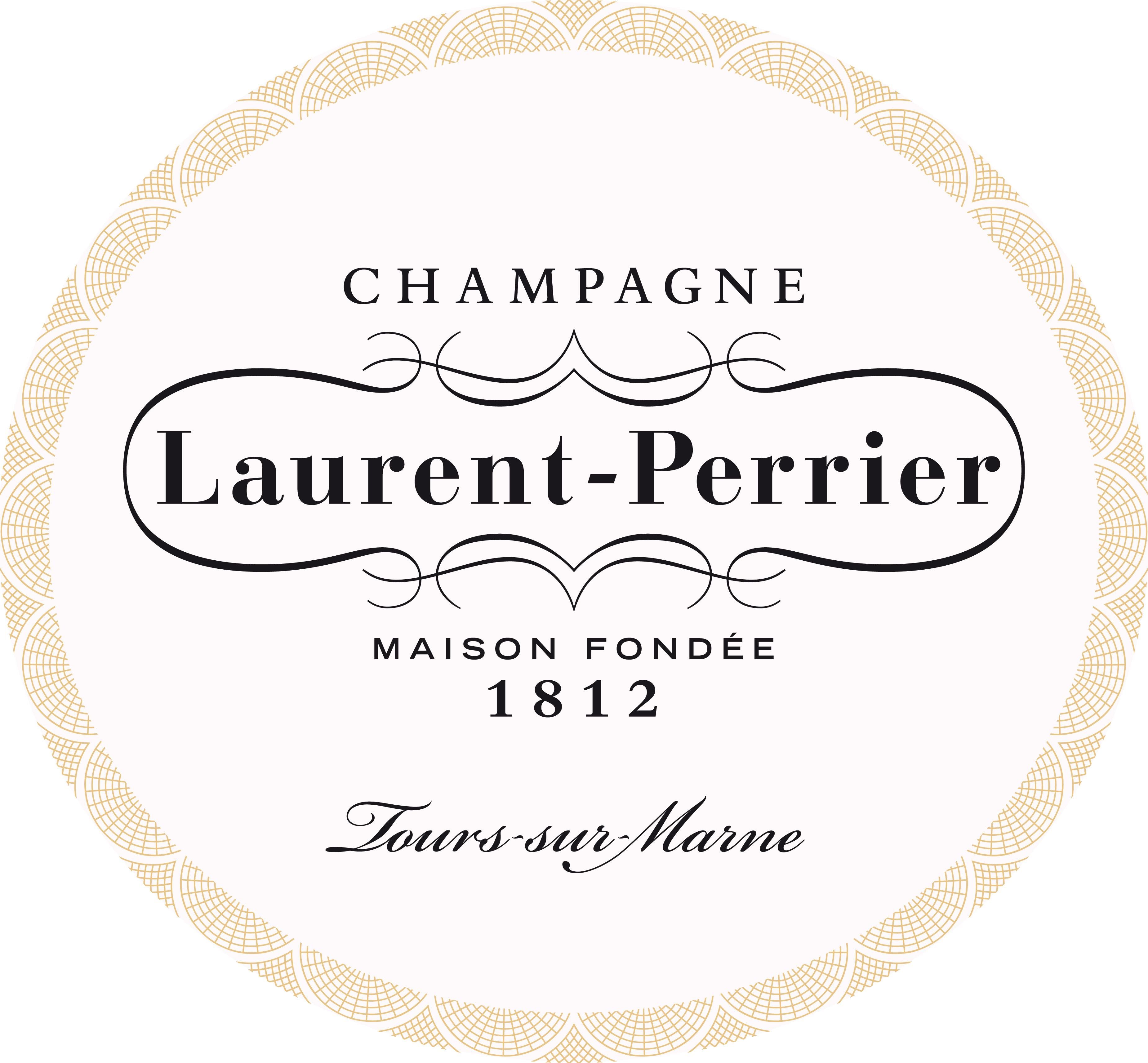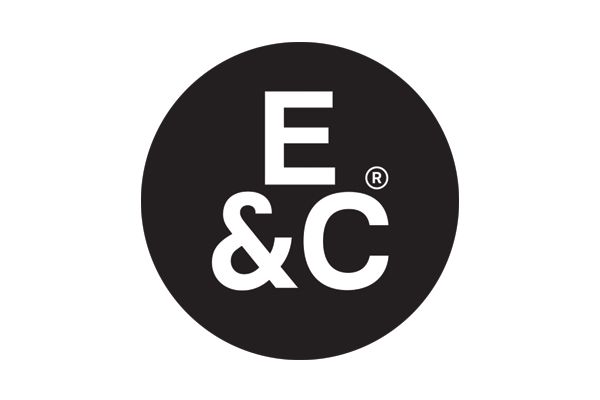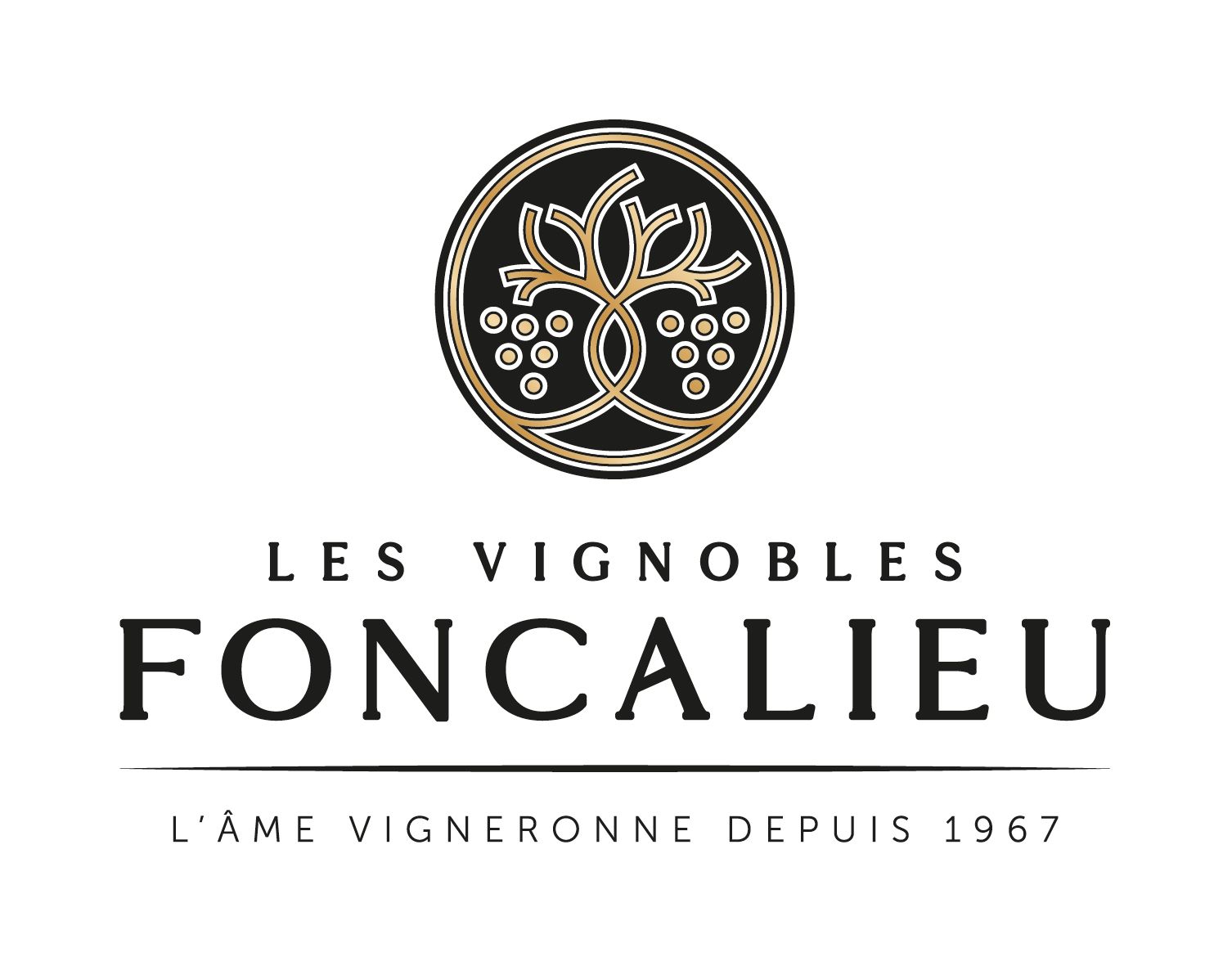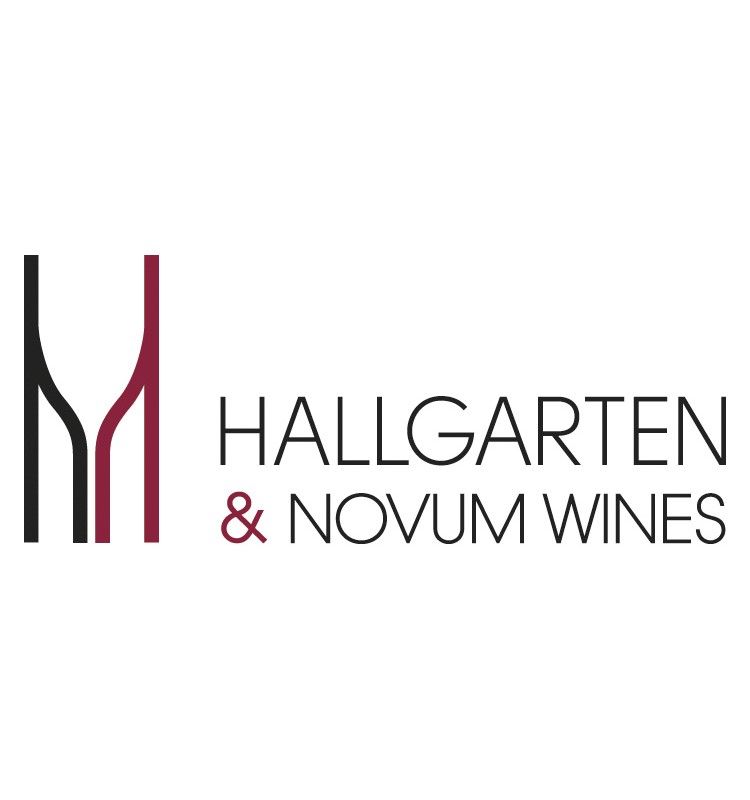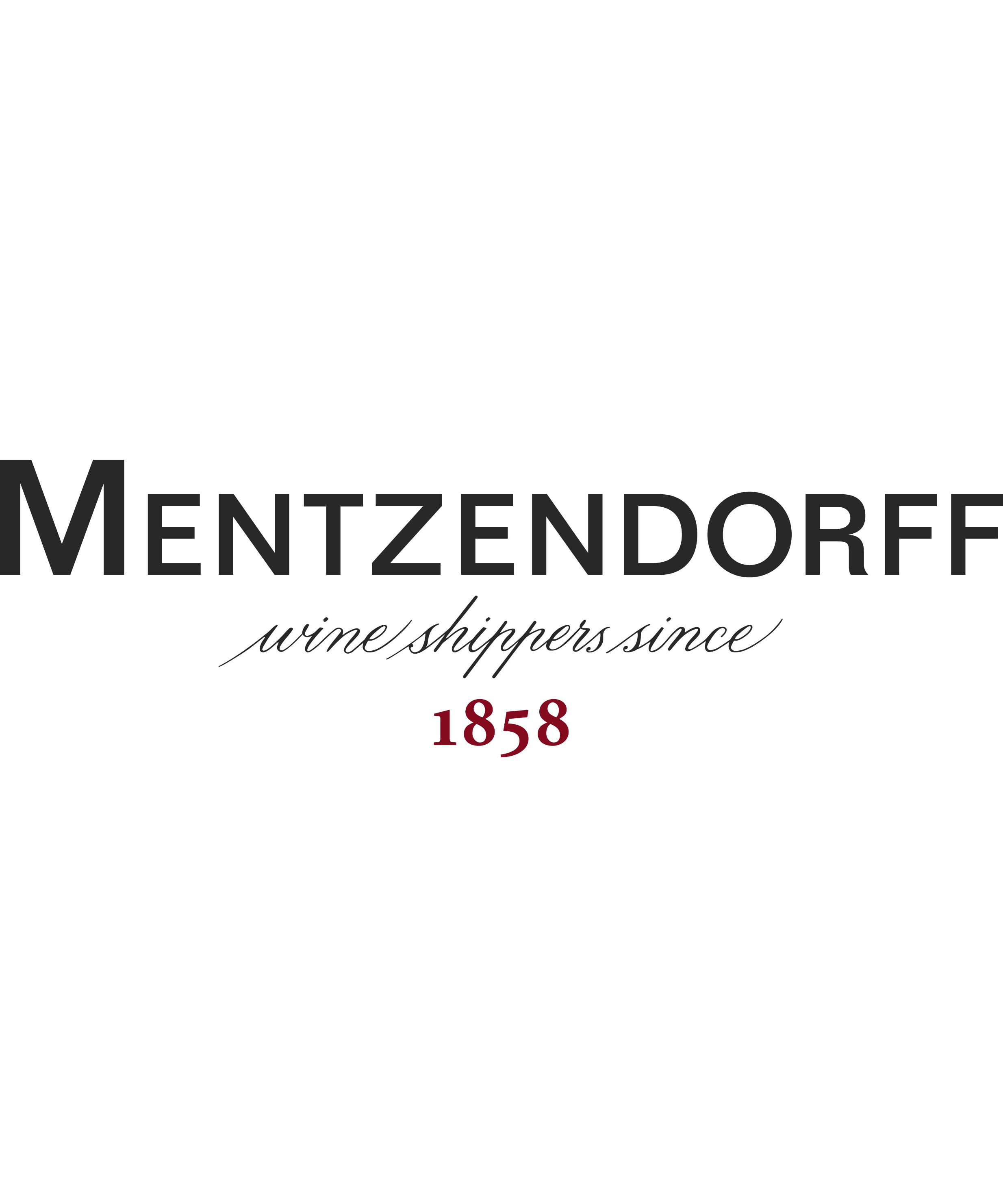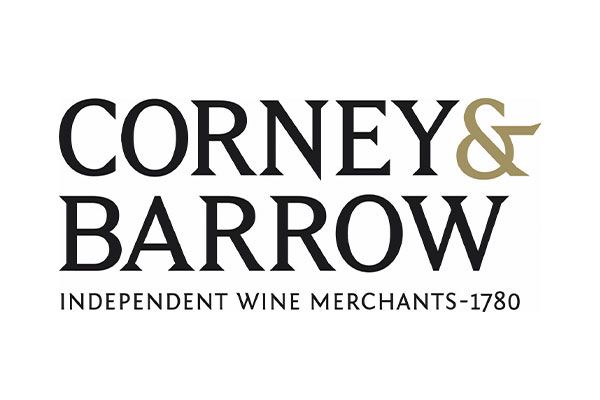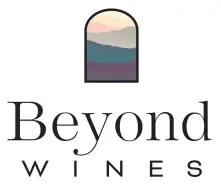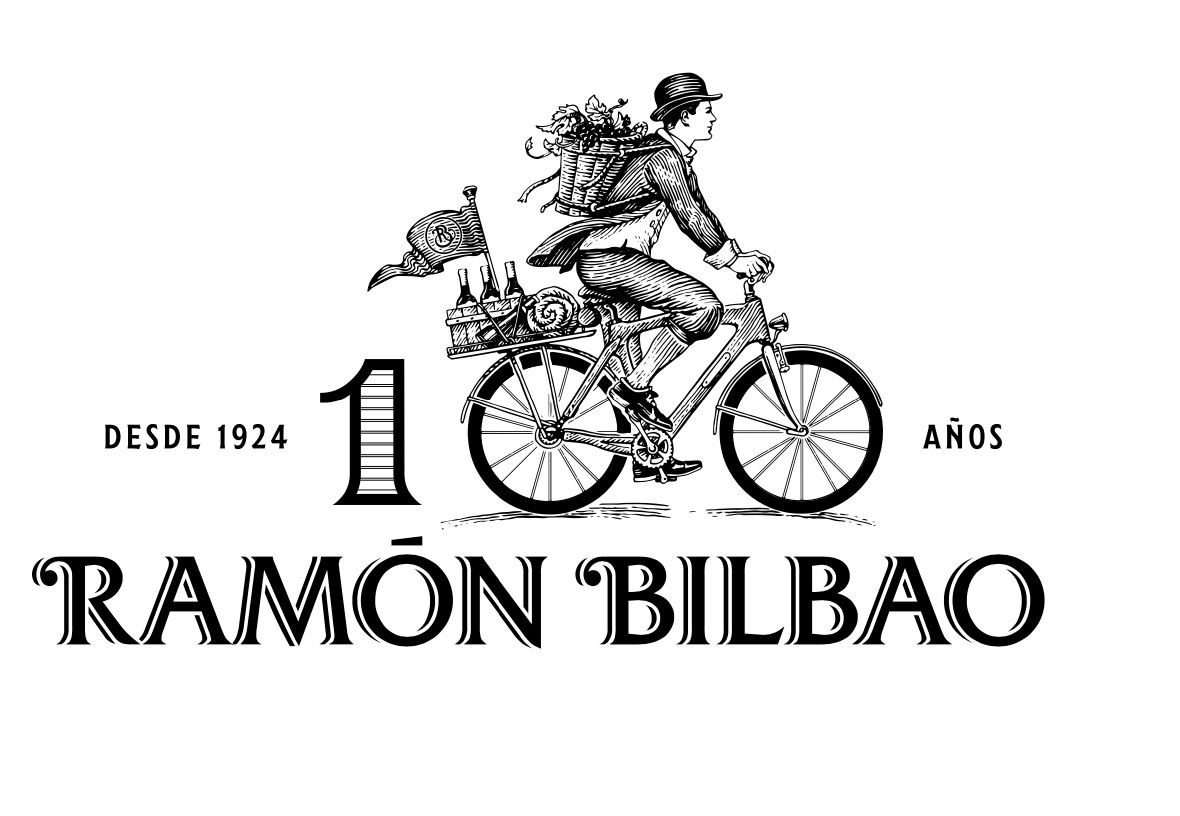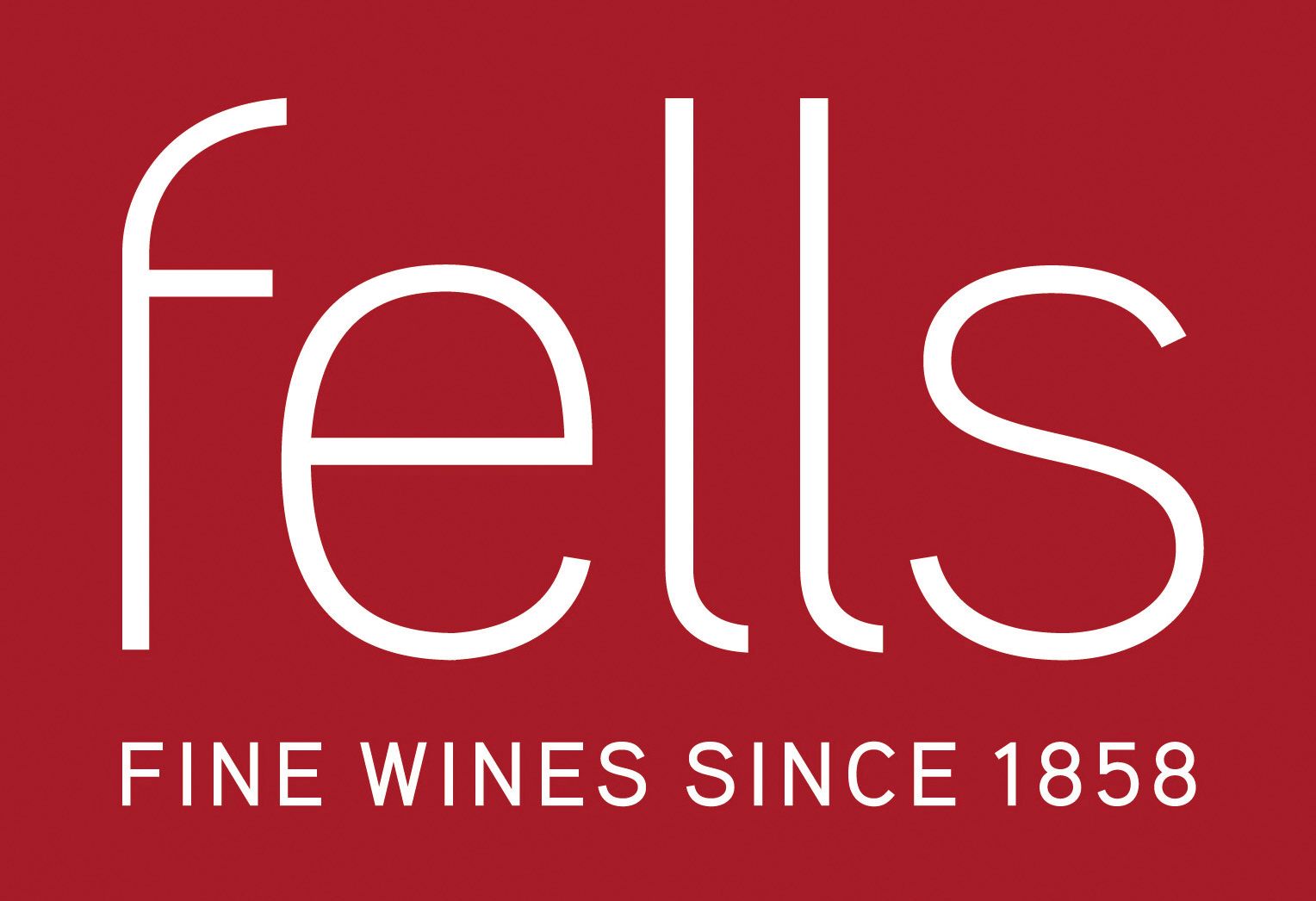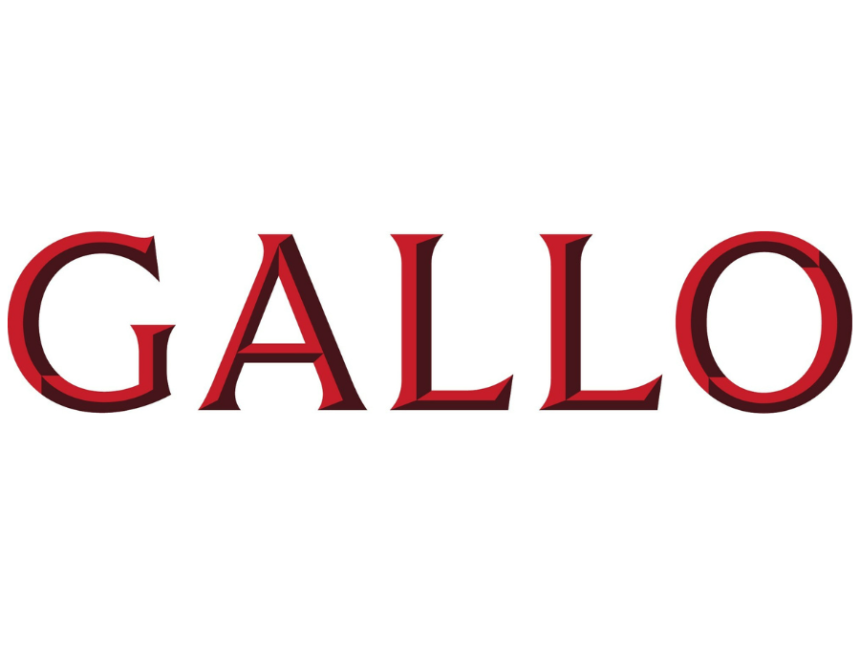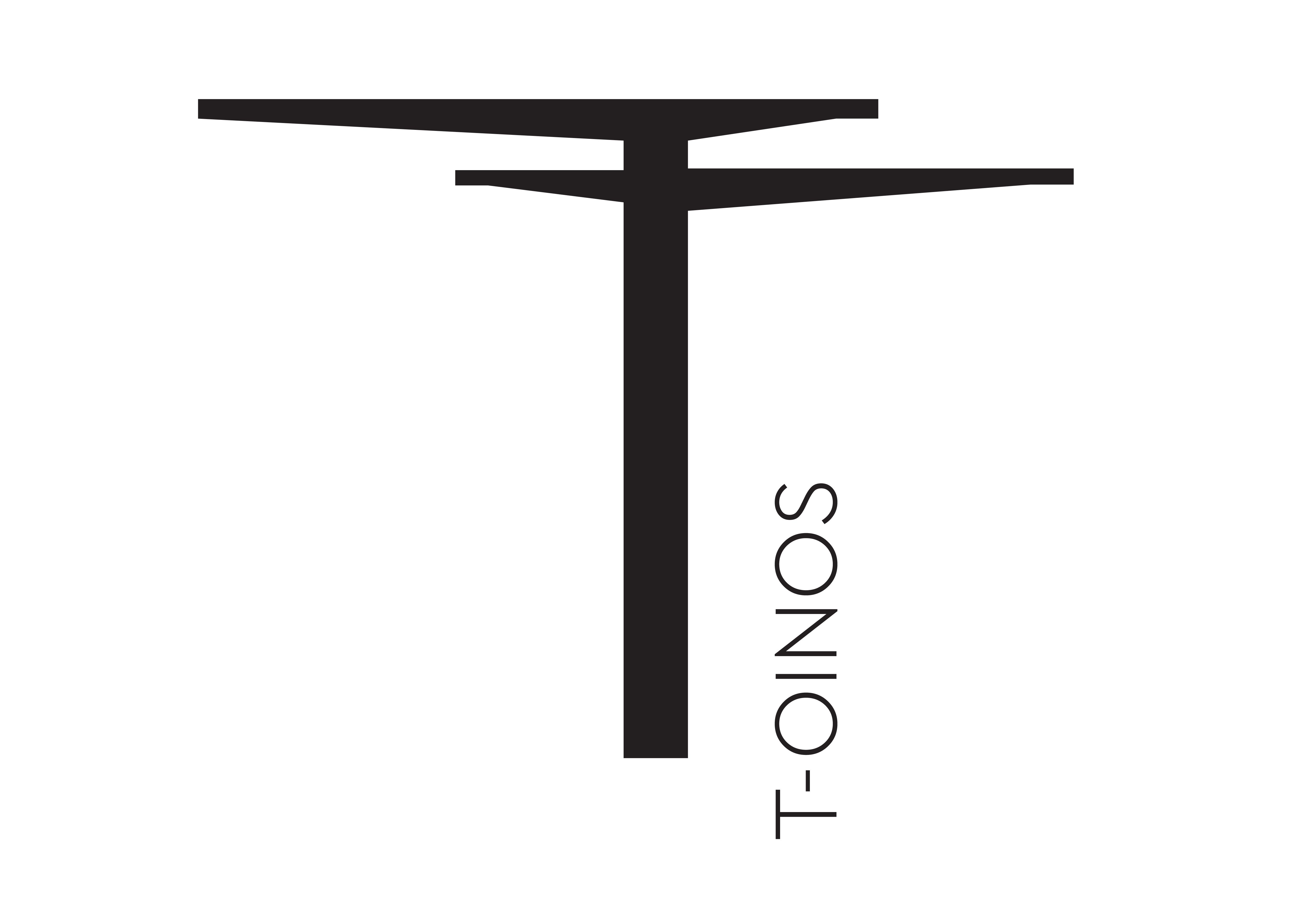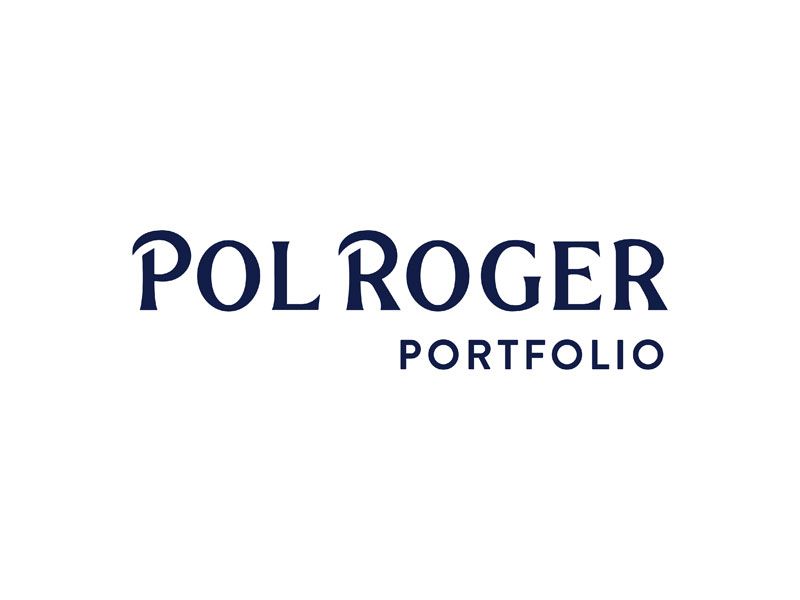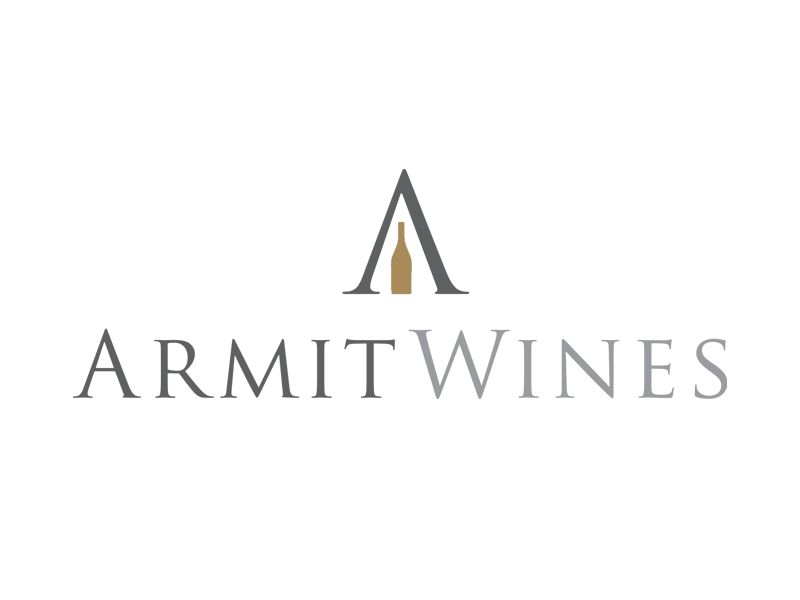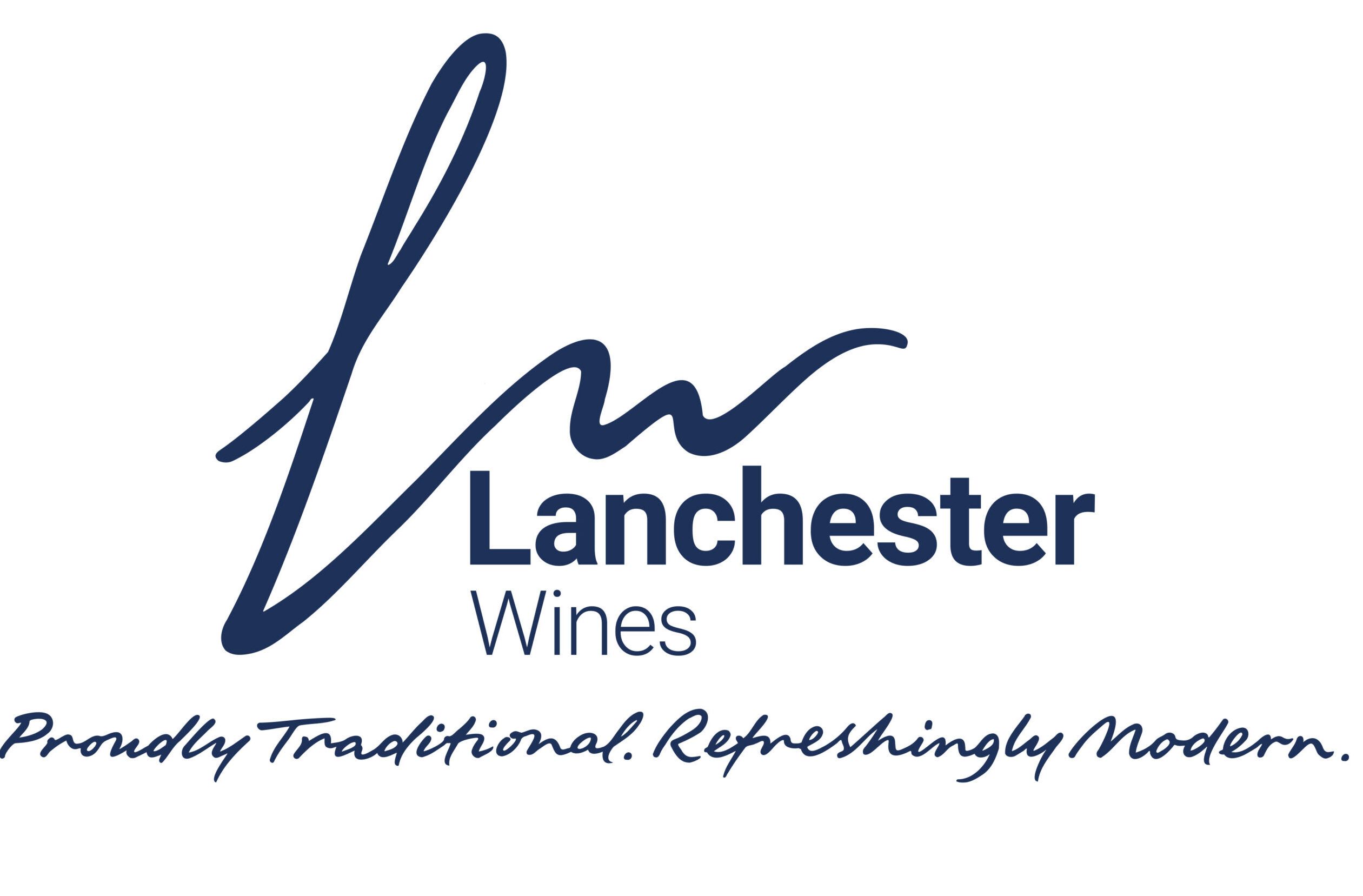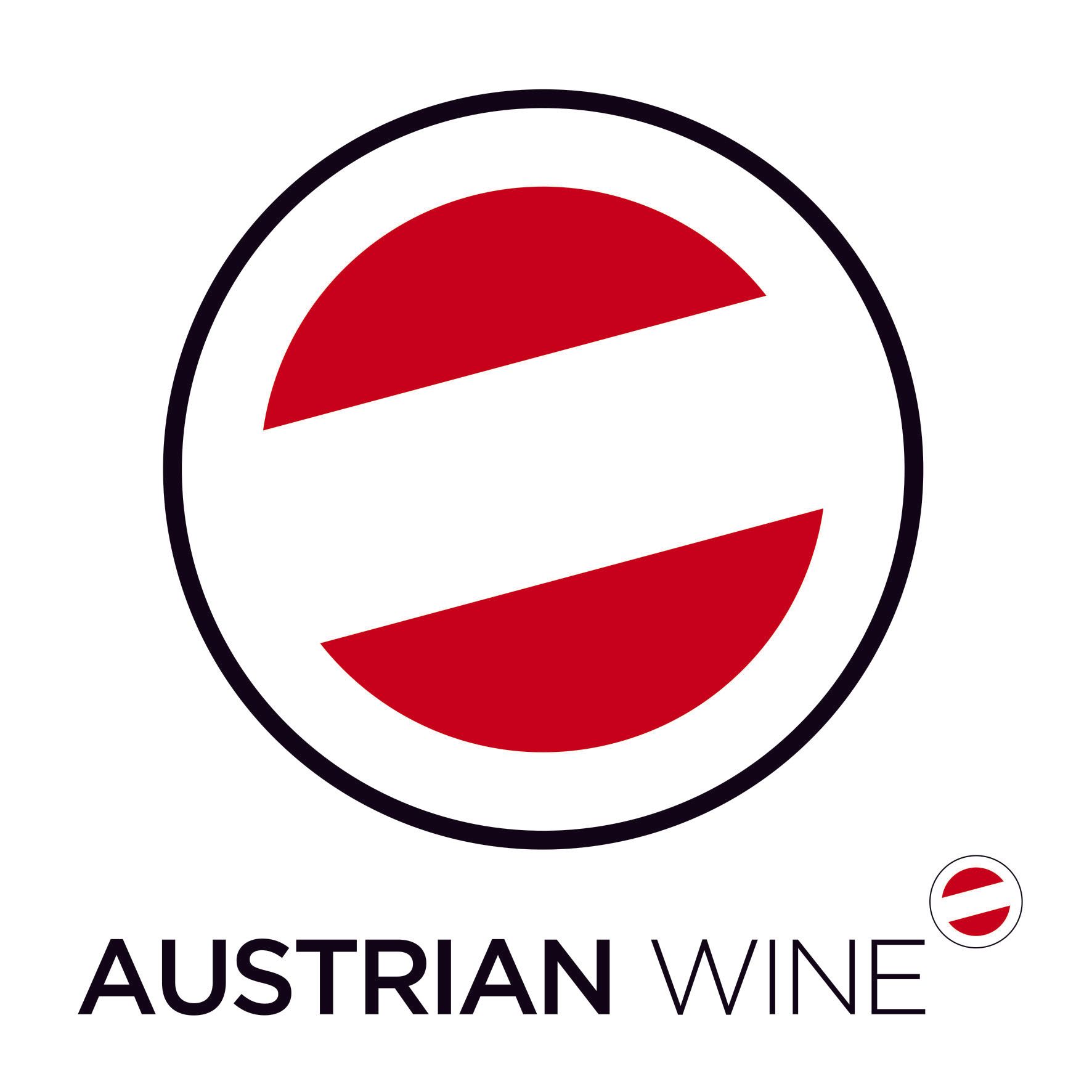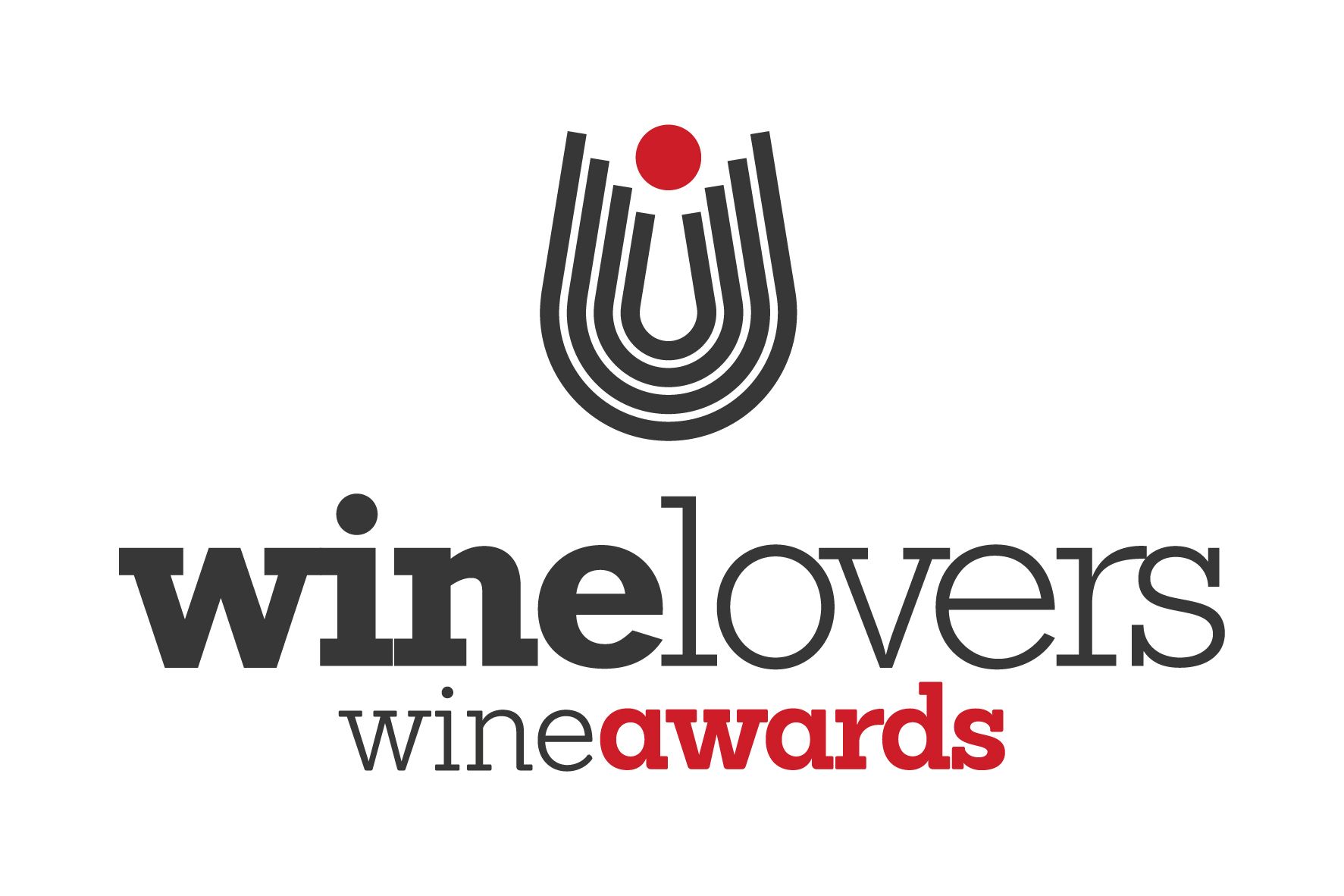The UK has been targeted by Wines of Tejo as one of its key target export markets as part of a wider international export push.
Tell us about the Tejo wine region – what are its key characteristics?
Luís de Castro (LdC): Tejo wines have a deep-rooted heritage in Portugal’s oldest wine region. Wine estates have flourished along the Tejo River since Roman times. The influence of this ancient wine-producing culture is evident in the many historic architectural legacies adding charm to the landscape.
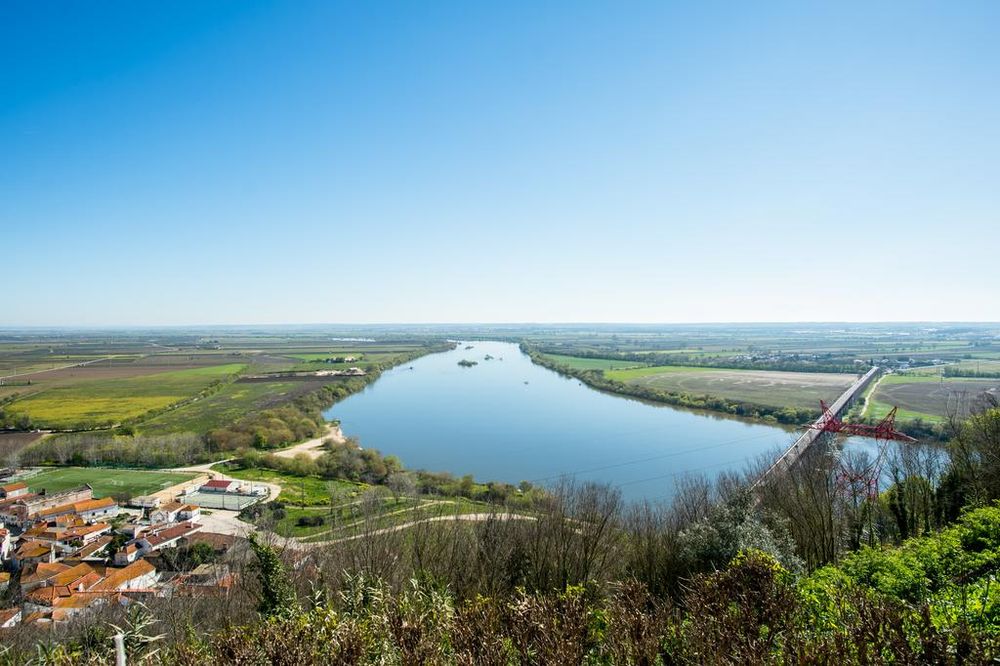
To understand wines from Tejo you have to appreciate the influence of the Tejo river that runs through the region
From deepest history to present times, one feature characterises the Tejo region and most importantly, its wines freshness. The dominant feature of the whole region is the river, which bestows on its surrounding geography a near-unique climate – warm and generally dry days, much cooler and more moist nights, often with quite heavy early-morning mists. The climate combination imbues Tejo wines with enduring freshness, apparent in both the youthful white wines and our age-worthy red wines.
The river also ensures bountiful supplies of grape-production’s most valuable resource – water. Indeed, the whole region can extract and use all the water needed in vineyards and wineries and then return good-condition water to the river to preserve water resources within the region and downstream toward Lisbon. Nature in balance.
Dirceu Vianna Junior MW (DVJ): Tejo produces some of the freshest, most vibrant and affordable wines in Portugal today. The region is incredibly diverse. Within the three unique and distinct terroir: Charneca with its sandy soils; Campo with its alluvial soil and Bairro dominated by clay, there is yet another layer of complexity brought by patches of schist similar to Douro Valley and pudding stones exactly as you would find in Châteauneuf-du-Pape.
The region is heavily influenced by the river and there is fog akin to Napa Valley that it helps to ensure that the wines always have a wonderful underpinning freshness. Another key characteristic is the diversity of grape varieties: Fernão Pires (white) and Castelão (Red) are the most important but there is a wealth of local as well as international varieties that can surprise and please any type of consumer.
Why should buyers list Tejo Wines?
DVJ: There has been a drive towards quality in recent years and ambitious producers are making world class wines capable of satisfying even the most discerning palates. It is the region’s ability to producer both value for money wines and more serious estate grown wines that should attract buyers. There is something for all price levels capable of delivering on quality and style.
What makes Tejo unique?
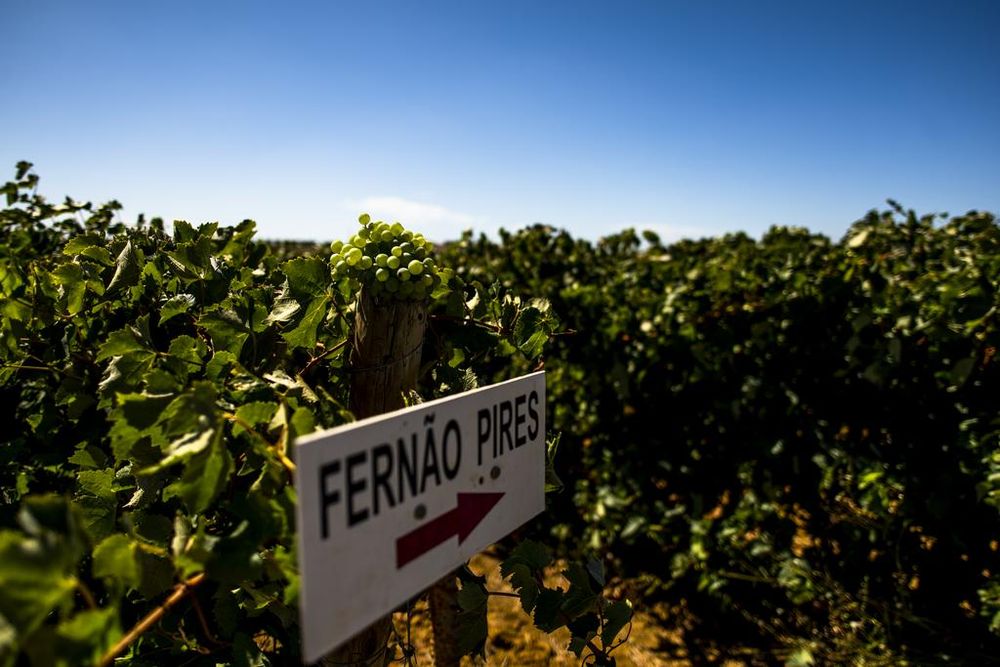
Fernao Pires dominantes the white wines of Tejo
LdC: It’s the proximity and influence of the Tejo river which runs right through the heart of the vine growing area. The abundance of sunshine, diverse soils and cooling influence from the Tejo River and Atlantic breezes make Tejo one of the most unique climatic regions of Portugal.Our unique feature and style of Tejo, without doubt, must go to the Fernão Pires grape.This grape has become the “signature” of Tejo Region’s development as a source to creating distinctive white wines.
What have been the main developments in the last five to 10 years in the region in terms of winemaking and viticulture?
LdC: Tejo is championing a renaissance throughout the region, from vine to bottle. When people visit the region and talk with the wine communities, they get a sense of the producers’ passion for harnessing local grape varieties and expressing quality and balance in their wines. The current movement in many wine regions in the Old World to combine artisanal traditions, modern methods and equipment, and end-to-end focus on sustainability is very pronounced in Tejo. You will repeatedly hear about commitment to lowering yields and focus on terroir-specific indigenous grapes, but also the active pursuit for fresh forward-thinking approaches to grape growing and wine production. There is a united belief that wines must be relevant to tastes, preference, and occasions in 2020’s and beyond, and the vineyards much be sustainably farmed to flourish well beyond this point.
DJV: The main developments in recent years include implementation of modern technology, influx of young and ambitious winemakers and drive towards sustainability.
What is the production levels of Tejo – average production?
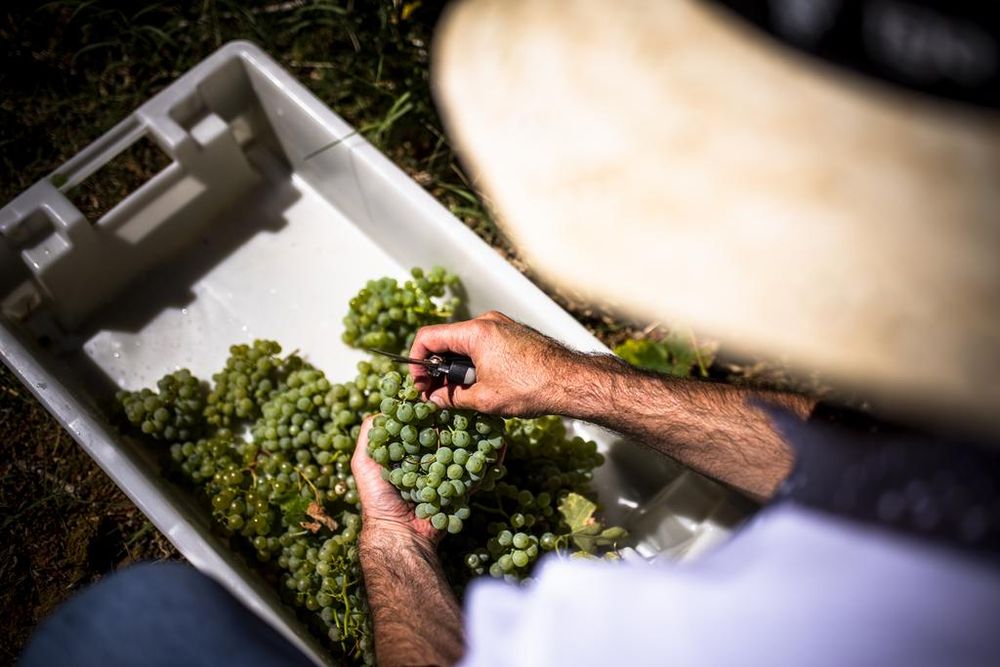
Tejo is Portugal’s fifth largest wine producing region
LdC: Tejo is currently producing over 30 million litres of certified wine per year and is the fifth largest of Portugal’s 14 wine regions. The wine community of Tejo is more than 80 wineries and 4 co-operatives, many of the wineries have been family-owned for generations.
What are the main export markets and how are they growing?
Brian Howard: The Tejo region now exports between 30% and 40% of its certified production, one of the higher proportions among the 14 Portuguese wine regions. Exports as a proportion of total certified production has grown from well under 25% 10 years ago. During this period, some export markets have remained consistently strong, some have declined in percentage terms and, encouragingly, some are now growing significantly to ensure a resilient future for the Region.
In 2014, the five largest exports market were: China, US, UK, Germany, and Brasil. Today, one quarter into 2023, the top five are Sweden, a group of East European countries, US, France, and Poland. These are followed by Brasil, UK and China, with Switzerland currently larger than Germany. In defining the Tejo strategy for 2023, the region is committed to exporting over 1 million litres to each of the five largest markets. Early days, but we’re on track to reach this new milestone.
What is the UK performance like now compared to five years ago?
BH: UK has been a roller roller-coaster ride for export volumes over the last 10 years. Volumes into supermarkets have certainly declined. Reach across independents and the on-trade has steadily increased. The Region has clearly defined the challenges of growth in the UK market which Tejo has to overcome, and has committed action plans to address each of these.
DVJ: Performance has been variable. The challenge is to get buyer to think about the value that wines that this region can offer to customers as opposed to think only about price alone.
What are you doing to help raise awareness of Tejo and improve perceptions and availability?
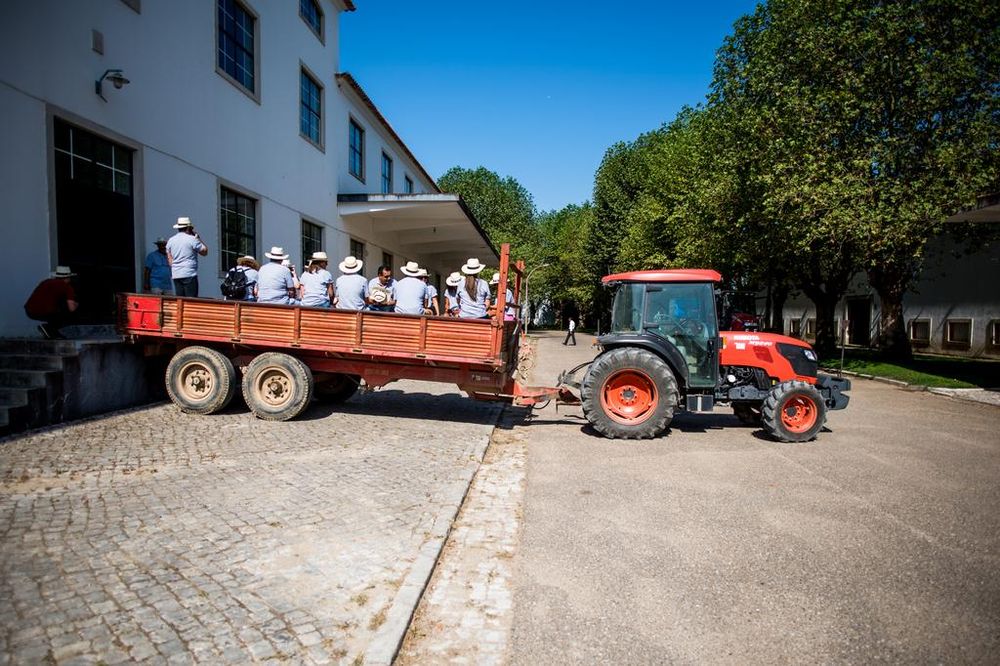
Wines of Tejo is investing in the UK with a strong marketing campaign to help tell the region’s story to key buyers including a large presence at London Wine Fair
BH: The region committed late last year to a much more proactive UK marketing plan, with three talented marketing people imbedded in the UK, and each focusing on different programmes to increase awareness and demand. The region is very serious about Tejo in the UK market, and do believe that the it offers much that is now important to UK demands in terms of price, lighter fresher styles, distinctively good quality, progressively slightly lower ABV’s, commitment to lower carbon footprints in every stage of production and delivery, and relevant exciting innovation.
The Tejo presence at London Wine Fair is 60% larger than last year, and the region is actively proactively supporting individual Tejo producers to successfully engage in this tough but rewarding market.
What have been the big breakthroughs for Tejo in recent years?
BH: Growth and establishing long term positions of strength in some of the key export markets has been very gratifying, especially Poland, Sweden, a group of East European markets, and Switzerland. And 2023 will certainly be celebrated across the Tejo region and in key exports markets for the launch of Campo do Tejo, a three year journey started just before the first lockdown in 2020.
DVJ: In recent years wines from Tejo have surprised many by winning Portugal’s main domestic competition (Concurso dos Vinhos de Portugal) organised by ViniPortugal so it has proved that it can make wines of exceptional quality to stand alongside any other classic region of the country. Looking into the future Tejo region will unquestionably carry on reinforcing its position as a premium wine producer.
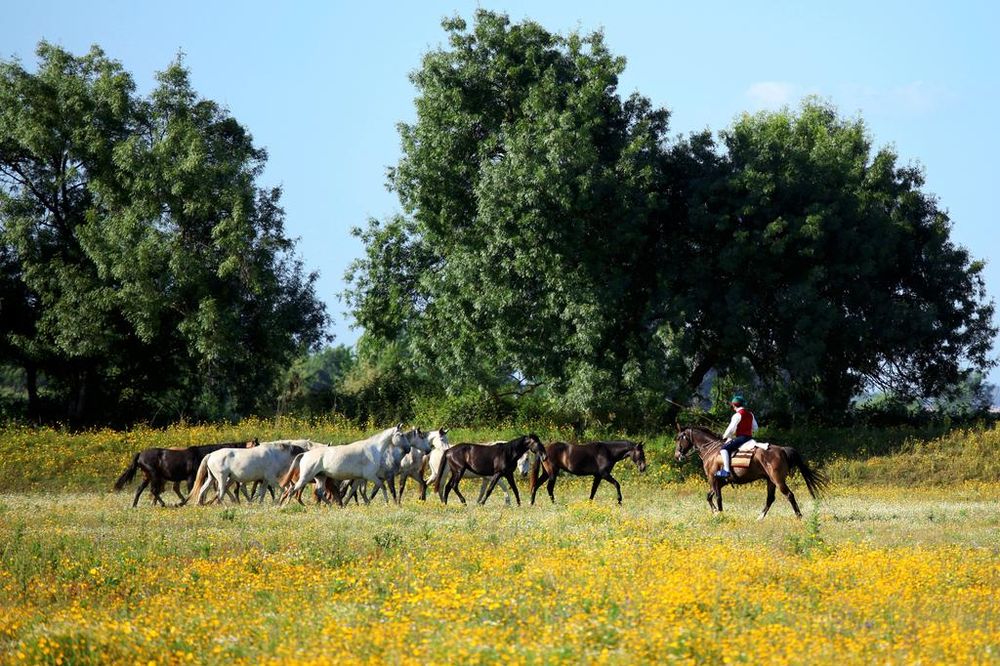
Tejo is famous for its Lusitano horses, one of the oldest horse breeds in the world
Consumers will learn more and enjoy varietal wines made with Fernão Pires, the signature grape of the Tejo region, that is capable for making light, easy drinking, gently aromatic, low alcohol, and reasonably priced white wines as well as age-worthy and premium end examples.
In terms of reds, I hope that we will find more varietal wines from Castelão, which can make an array of styles, from light and elegant to rich and powerful, including long lived iconic wines. In addition, Trincadeira, a grape variety often used as blending component, when well managed in the vineyard and well-treated in the winery, is capable of greatness. There are some excellent examples that are beginning to gain some recognition in recent times, and I hope British consumers will get to discover.
Any trends coming from Tejo we should be aware of?
DVJ: We will see more sparkling and rosé wines to supply increasing market demand. More value placed on wines made from old vines. More ambition, more recognition, higher prices, whilst still offering excellent value. More emphasis in making wines with a sense of place. The region can make great wines with pleasant freshness and lower ABV, so it should be on the list of those opting for lower alcohol wines.
What have been the biggest challenges?
BH: As with most wine regions which are all striving for growth across global markets, the challenges persist: developing awareness, making the case effectively that the offer is distinctive, relevant and attractive, and building enduring relationships between producers and importers. The Tejo Team has to raise the Region’s global profile, led by outstanding wines at key market price points.
These challenges remain at the top of the region’s daily must-do priorities.
What are the big untapped opportunities and potential for wines from Tejo?
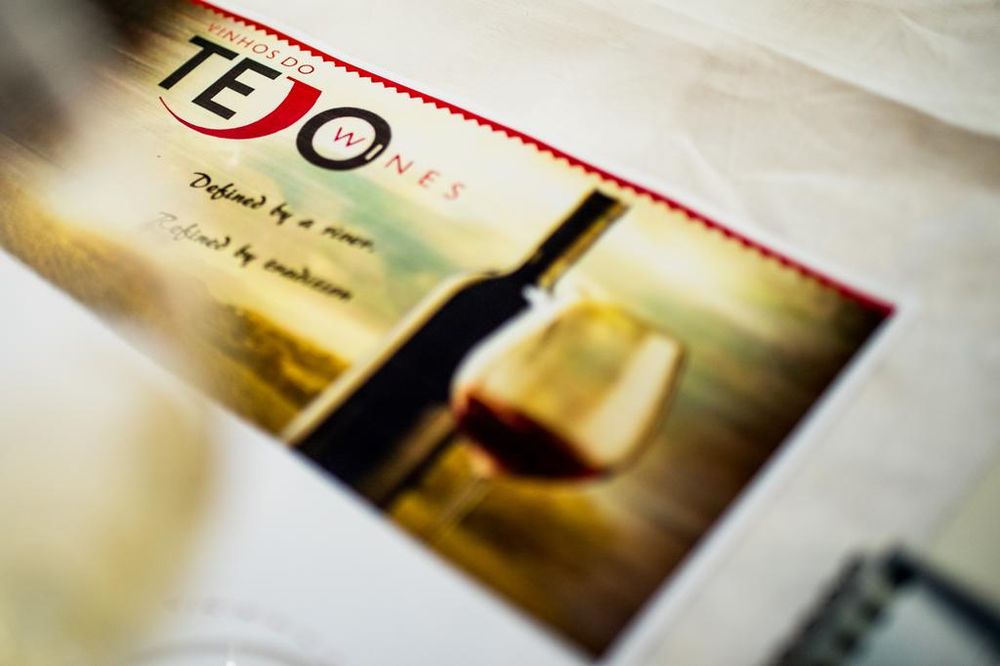
You can find out what Tejo has to offer at the Wines of Tejo stand at London Wine Fair
BH: So much of what the Tejo region does well is at the forefront of demand across global markets in these uncertain and difficult times. The geography of four distinctive terroirs and the Tejo winemaking traditions and expertise ensure that lighter fresher wines can be produced naturally. The producers are well-equipped and very committed to deliver consistently good value, distinctive and relevant styles, contribute proactively to lowering the carbon footprint, and being good partners to importers, distributors, and consumer-facing wine professionals.
The region also invests continuously in ensuring a full understanding of its key export markets and in developing local presences in key growth markets. Campo do Tejo is the current standout project expressing how Team Tejo has worked together internationally to bring a brand new wine concept to market, for the benefit of all its stakeholders – producers and their communities; importers and distributors; retailers and hospitality businesses in key export markets; and all the consumers who choose to spend some of their wine money on Tejo wines.
The region is under no illusions – this journey is tough and will be bumpy. But Tejo will prevail.
Tell us more about Campo do Tejo Project?
LdC: Campo do Tejo is set to be a brand-new wine category for the Tejo region. It has been spearheaded by the Comissão Vitivinícola Regional do Tejo, (CVRT) and several producers with the vision to create an attractive easy drinking range of Tejo white wines from the region’s most famous white grape varietal, Fernão Pires, with a lower ABV of 11%.It will give us the opportunity to showcase a style of wine unique to our region.
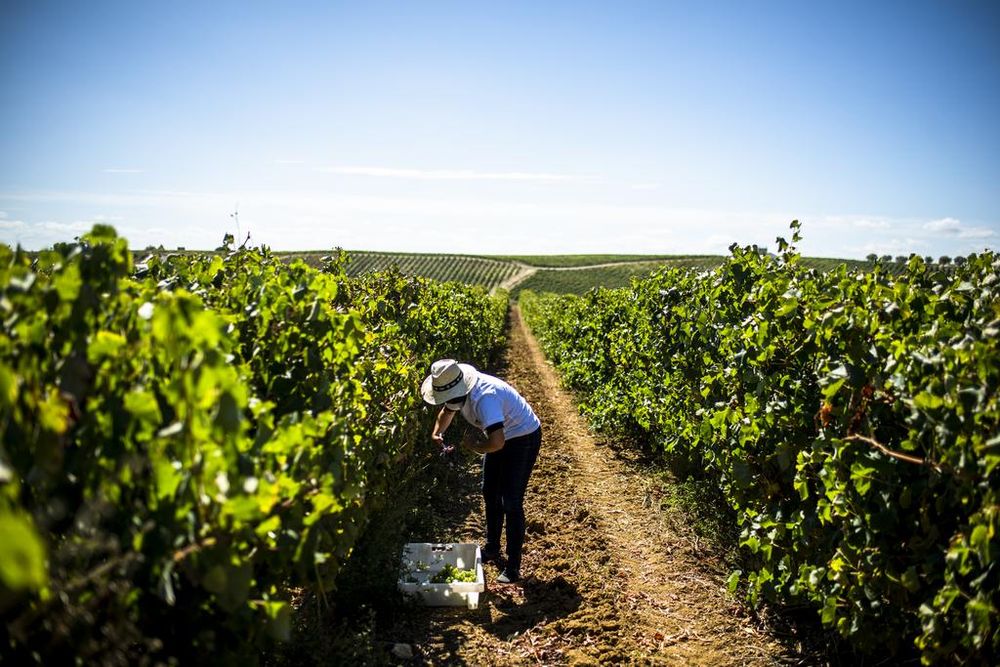
Campo do Tejo is a new wine category aimed at promoting its low abv wines made from Fernão Pires
The category will initially launch with wines from a small number of producers on an international scale into the region’s key markets: Brazil, Benelux, China, Germany, Poland, Portugal, Sweden, UK and the US.
This year’s London Wine Fair will be the first opportunity for the UK wine trade to learn about the category and discover the wines. We are delighted to launch this new category which will give us the opportunity to showcase a style of wine unique to our region. Campo do Tejo wines will be fresh and easy drinking with distinctive and attractive aromas influenced by the regions natural resources. Campo do Tejo wines will represent all of this with minimal intervention, supporting wellbeing with lower alcohol and calories and a wine clearly created by a small group of passionate committed farming families. The launch is timed well to benefit from the lower alcohol duty band in the UK.
- Wines of Tejo will be on stand D30 at London Wine Fair.
- You can find out more about the region here.
